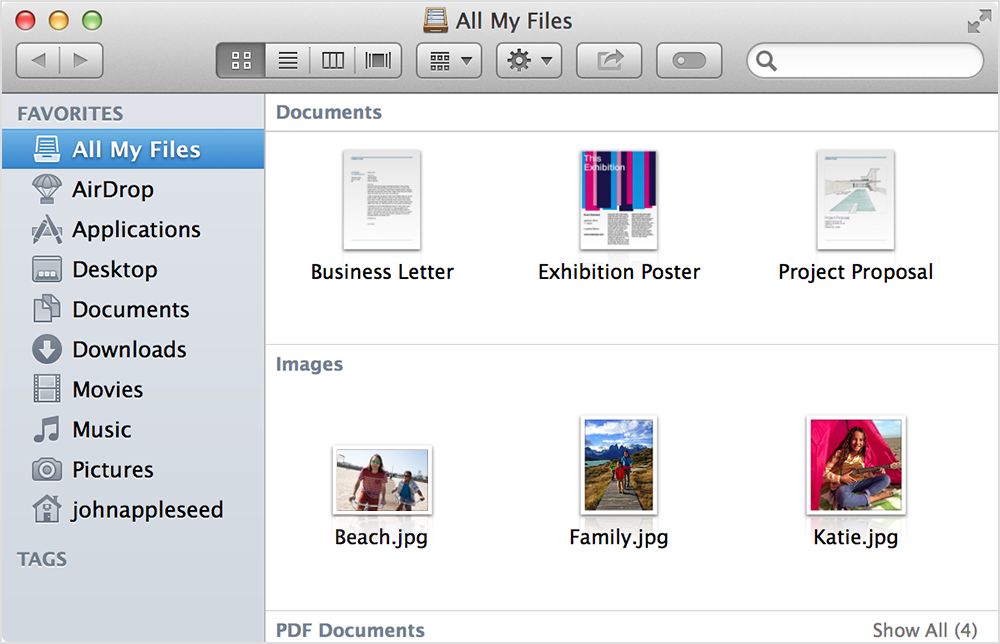

- Smallimage for mac mac os#
- Smallimage for mac pdf#
- Smallimage for mac update#
- Smallimage for mac full#
Quartz 2D is the graphics framework that does the hard work of drawing and rasterizing the contents of your windows. One facet is Quartz 2D, better known today as Core Graphics. Quartz isn’t just a renderer-it’s a complete technology stack.
Smallimage for mac mac os#
When NeXTSTEP was remodeled into Mac OS X, Apple replaced Display PostScript with the Quartz display model.
Smallimage for mac update#
NeXTSTEP’s window server was a Display PostScript interpreter which executed PostScript code to update the display. Though Mac OS’s Quartz is very different from NeXT’s Display PostScript, both systems are designed to bring the flexibility and fidelity of a print-oriented graphics model to a computer display.ĭisplay PostScript had a lot of intricacies and gotchas-and I’m not even talking about the licensing fees. This is a legacy inherited from Mac OS X’s predecessor, NeXTSTEP.
Smallimage for mac pdf#
That's why Mac OS applications can import PDFs into their documents without needing to roll their own PDF import routines. The special thing about Quartz is that its programming model is based on PDF. Every copy of Mac OS (and iOS) uses Quartz to draw and composite on-screen graphics. This mystery revolves around Quartz, the display engine at the heart of Apple’s operating systems. Time to put on the deerstalker cap and do some old-fashioned detective work. Concealed in those files was code that could clarify this this calamitous conundrum of colorful confusion. I requested a copy of the problem file, and almops sent along both the PDF they imported into Keynote and the PostScript file used to generate said PDF.

This wasn't the first time I've seen an interpreter mangle something beyond recognition, but there's almost always a way to work around it. I was part of the QA teams for these companies, where I designed features, sniffed out bugs, and figured out why things go sideways. These applications do the hard work of managing color, rasterizing vectors, and compositing transparencies so designs can be put on paper, film, or plates. For fifteen years I worked for OEMs in the graphic arts industry-more specifically, in workflow software. It’s the kind of obscure problem that calls for my very particular set of skills, skills I acquired over a long career. When I saw that thread, I knew I had to tackle the mystery. Anything Apple, on the other hand-be it iWork, Preview, or Safari-displayed those color blocks as a gradient, ruining his presentation. Almops said Adobe Acrobat displayed the PDF correctly, as did Chrome, and PDF viewers on other operating systems. The PDFs in question had been created by a suite of command line apps called generic-mapping-tools, or GMT, which generates maps and map accessories… like color bars. When a specific PDF was placed into Keynote, its contents-a series of colored squares-became a smooth rainbow gradient! Don't get me wrong, rainbows look cool, but they're not helpful when you need distinct solid blocks of color. Forum user almops was having a weird problem with Keynote. I ran into an interesting thread on one of my usual Mac haunts: Ars Technica’s Macintoshian Achaia forum. One such mystery crossed my path back in June. And, as with any whodunit, they may only be obvious in retrospect. It’s not always obvious why bad things happen to good programs. Computers do exactly what they’re told, like a vexatiously literal genie. But there’s nothing supernatural about software. When there’s something strange in the Network Neighborhood, I’m the one you called. But I'm one of the few who feels compelled to learn why. When weird things happen, most people just mutter and/or swear.
Smallimage for mac full#
Computer software, like everything made by us imperfect humans, is full of imperfections of its own.


 0 kommentar(er)
0 kommentar(er)
